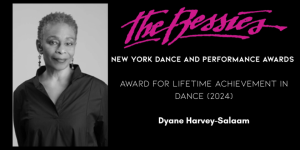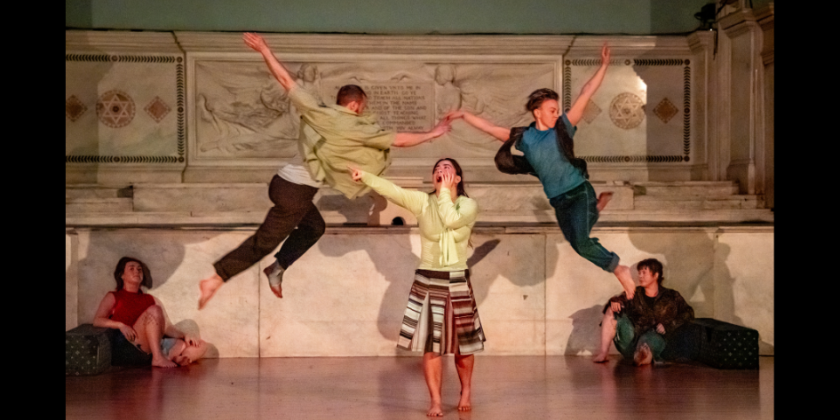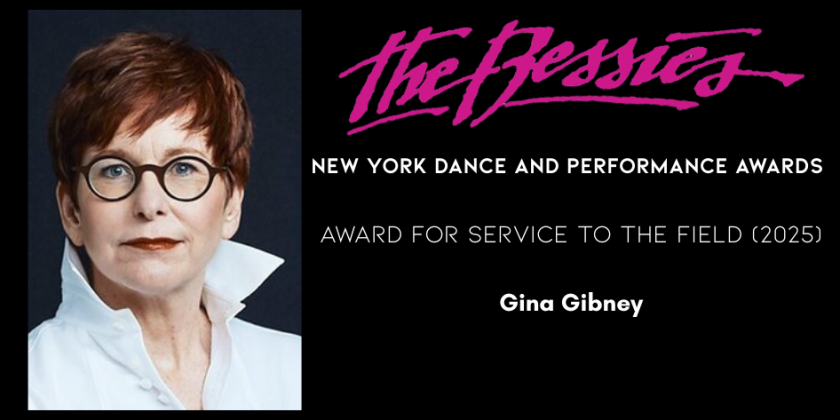THE DANCE ENTHUSIAST ASKS: Dwight Rhoden, Founding Artistic Director and Resident Choreographer of Complexions Contemporary Ballet, about "Black Is Beautiful," the First Film in SNATCHED BACK from the EDGES
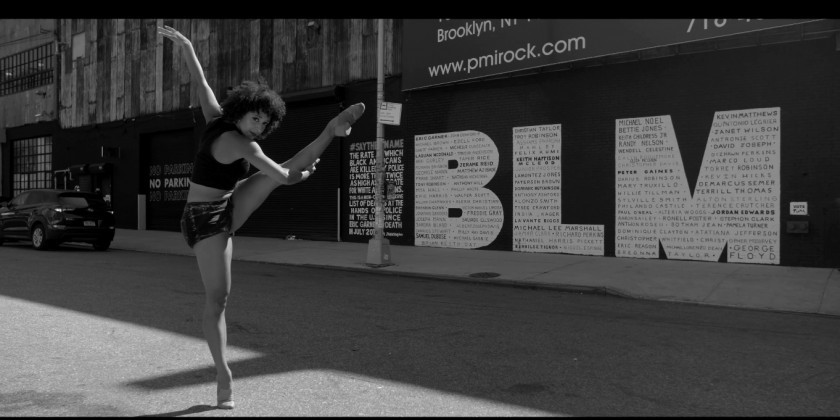
Complexions Contemporary Ballet has responded to the turmoil and unrest of our time with a four-part film series, SNATCHED BACK from the EDGES. The first video, Black is Beautiful, premiered on February 3rd. Featuring gifted company members in site-specific locations, it was shot in black-and-white, which presents a timeless resonance. Coinciding with Black History Month, Black is Beautiful promotes a message of positivity and celebrates the ingenuity, hardiness, and majesty of Black individuals.
Erin Bomboy for The Dance Enthusiast: How has the journey changed since you began your journeys as gifted, Black artists in the 20th-century dance world? What advice would you give to young Black individuals who are considering a career in the arts?
Dwight Rhoden: The journey has changed somewhat, but not completely. There were definitely fewer opportunities for black artists than there are now, compared to when I was an upcoming young artist. The idea of being welcome or included wasn’t something that was guaranteed in most areas of the business. I remember having to position myself, posture, work extremely hard and also do so much extra to be considered.
My advice to young people now is to show others by your example. It was THE most reliable way for me. To stand my ground and to not compromise my integrity. Set your standards and operate within that truth to yourself. If you want to be excellent, that will show — as you continue to grow and hone your skills - you will eventually become excellent. Your passion and drive are everything; you will still need to do more — as a black artist — even today.
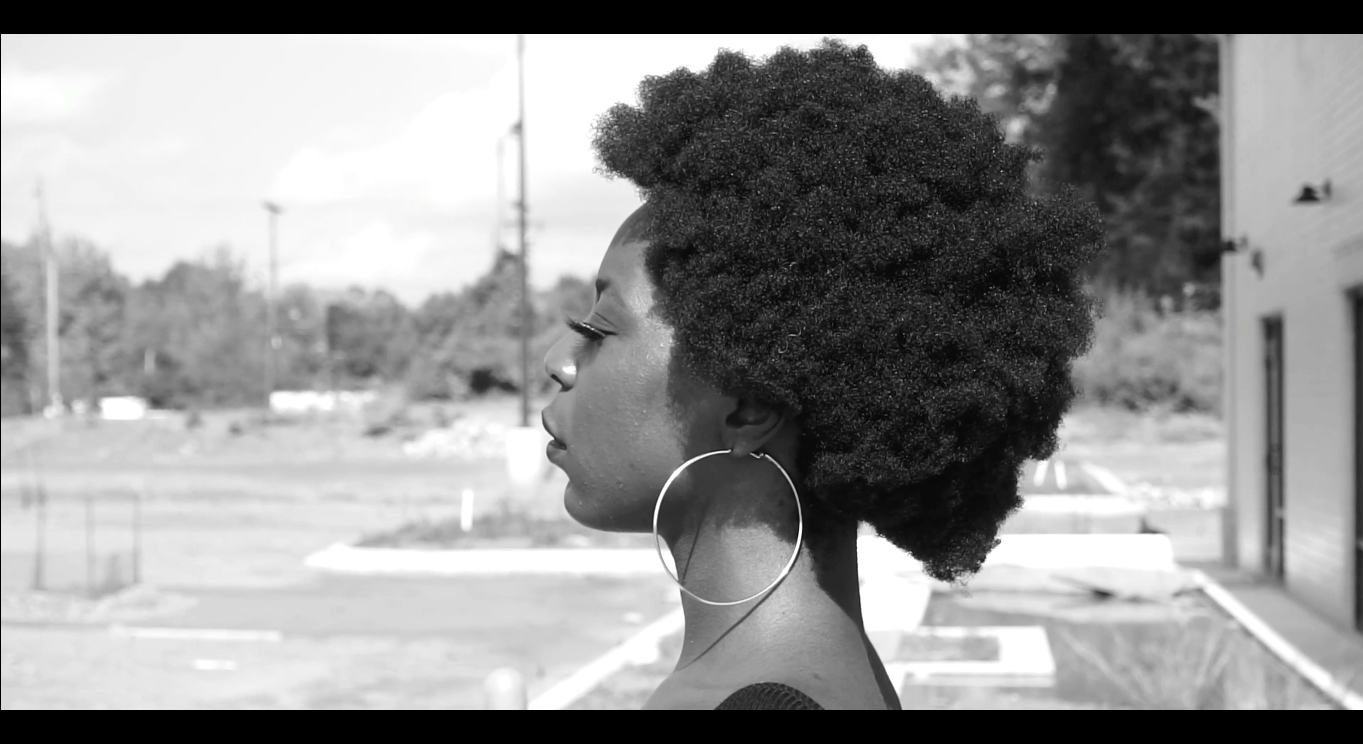
Former founding Complexions member Christina Johnson memorably describes dancing for the company in this way: “You had to dive in, unapologetically. It meant being courageous, raw, messy, and one of Dwight’s favorite expressions, ‘on the edge.'” What does it mean to live on the edge? How does this connect with the name of the film series, SNATCHED BACK from the EDGES?
DR: Being on the edge is a mindset. It’s about taking chances, assuming risks, and being courageous and vulnerable.
Snatched Back from the Edges has a double or even triple meaning. It is a colloquialism used in black culture referencing a black woman’s hair being pulled tightly back from the edges. It also takes on a meaning of how people of color have often been on the fringe of society and still survive, thrive, and overcome. It also means in the context of this work that right when society has pushed individuals — and you can’t be challenged or pushed any further — and you're on the “edge,” the human spirit is resilient enough to recover and change course.
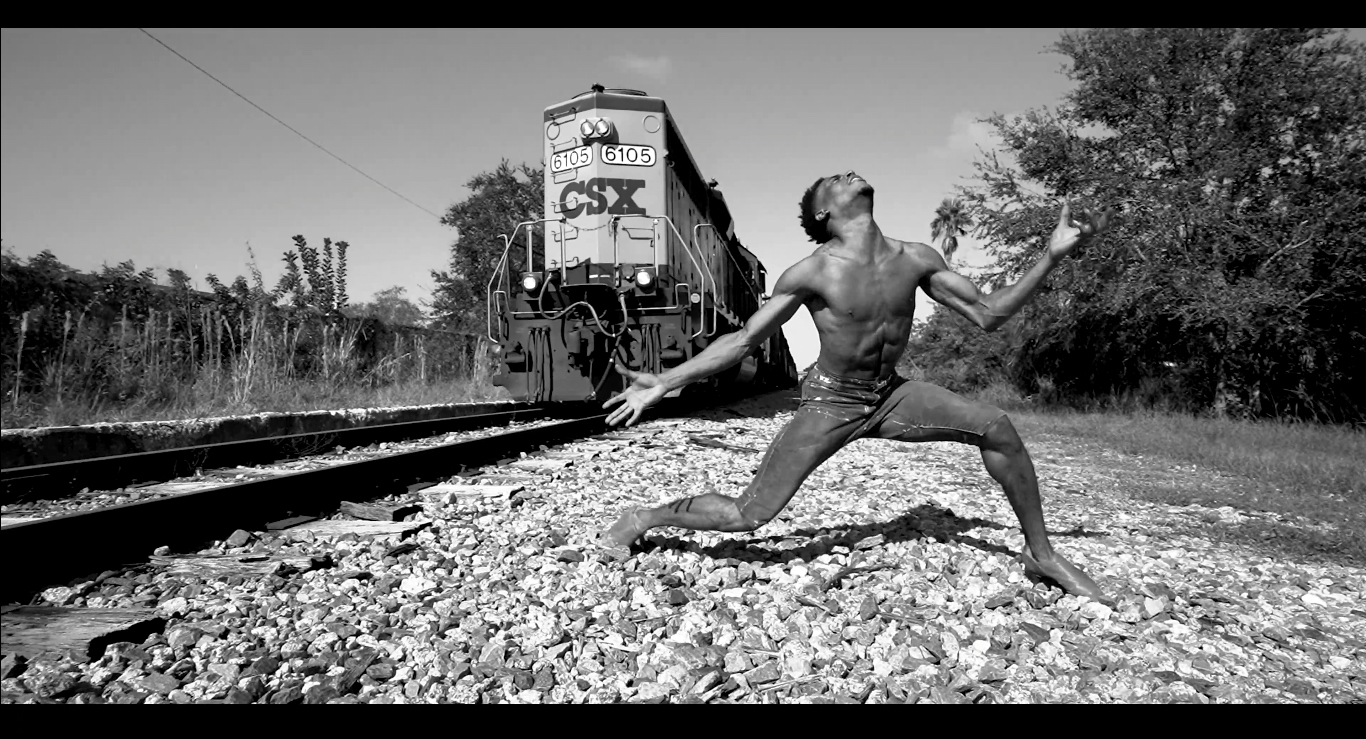
The first film in the series, Black is Beautiful, features the spoken-word poetry of Terrell Lewis, Aicha Therese, Mr. Reed, and Poetess Jess. How did you become aware of these four artists’ work? How did you manifest and balance the intensity of their meter and cadences through movement?
DR: I randomly ran across the existing video of "Black is Beautiful" on YouTube, and fell in love with the piece, contacted Terrell Lewis, and he was game for this collaboration to happen. It was easy to fit movement to because the spoken word is so musical. It is music. The cadence felt right to me; I felt connected to the words, the pulse of each of the poet's delivery. Each being so different in temperature. Their voices and the words directed me through the process.
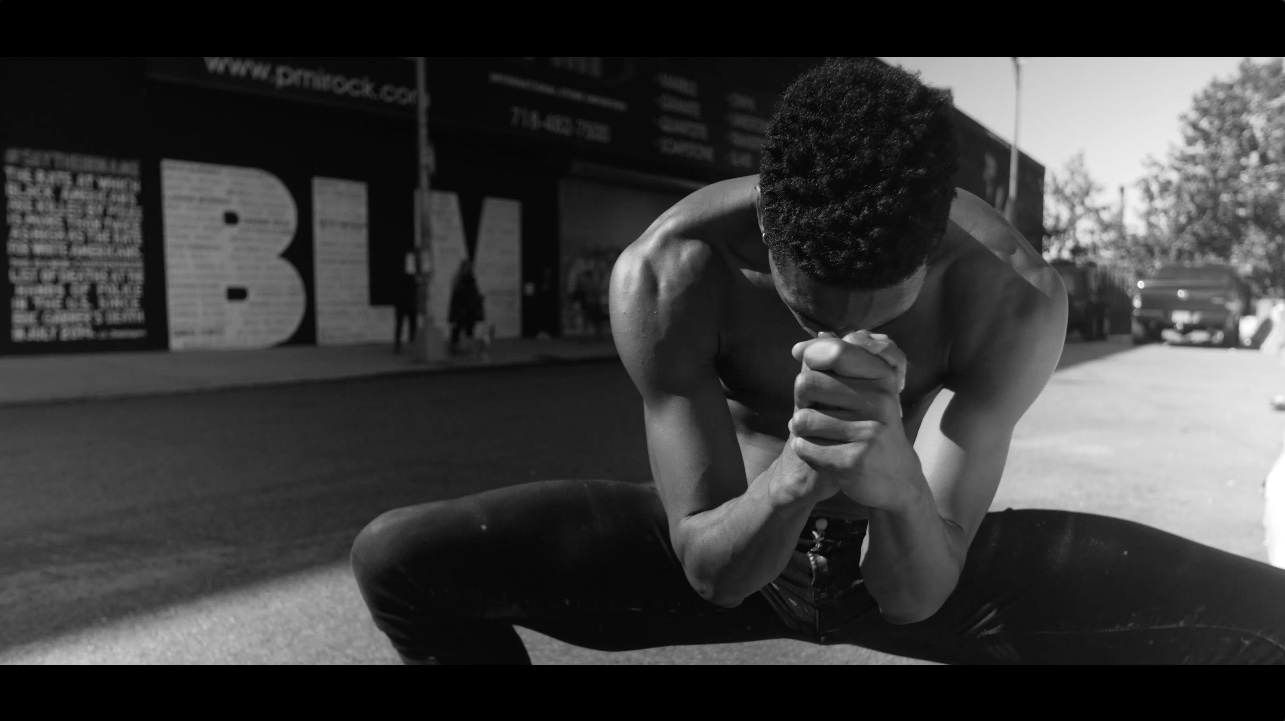
Speaking of balance, film adds yet another dimension of design to a dance piece. Does choreographing for film require a slightly different vision? What was the process for architecting the final edited version of Black is Beautiful?
DR: Choreography on film is quite different than on stage. The vantage point is obviously different; there are, in some ways, more options to direct the eye of the observer. In terms of the journey, less can be more sometimes on film. A simple gesture or shift in the eyes can be profound in meaning; you can transition from moment to moment with ease.
On the other hand, physicality on film can get muted. It's important that the action and dynamic are managed well. Moments of power have to be delivered at the right angle, in the right moment, and the physicality and execution of movement must be pushed up a few notches to maintain a strong dynamism.
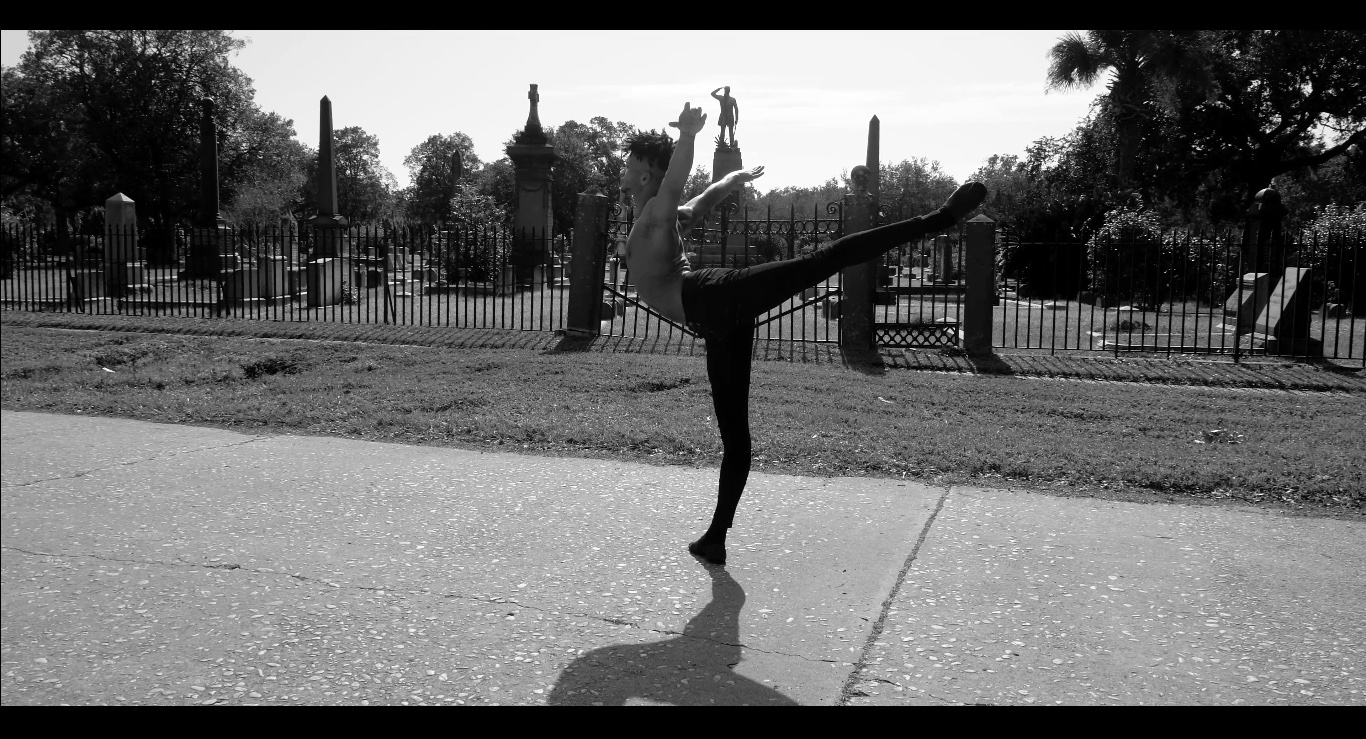
The sextet of dancers performs amidst captivating site-specific areas, such as an abandoned train track and Greenpoint Avenue. How did you locate these backdrops? Was filming publicly difficult to do in the middle of Covid-19?
DR: There were definitely challenges with Covid. The dancers worked very hard, and we worked hard to keep them safe in the rehearsal process. Most of the footage was captured outside and in the summer, so it was warmer, and there was more space for us to move around in. The locations were scouted to match the storyboard, and some locations were surprise discoveries as we were looking for spots to film.
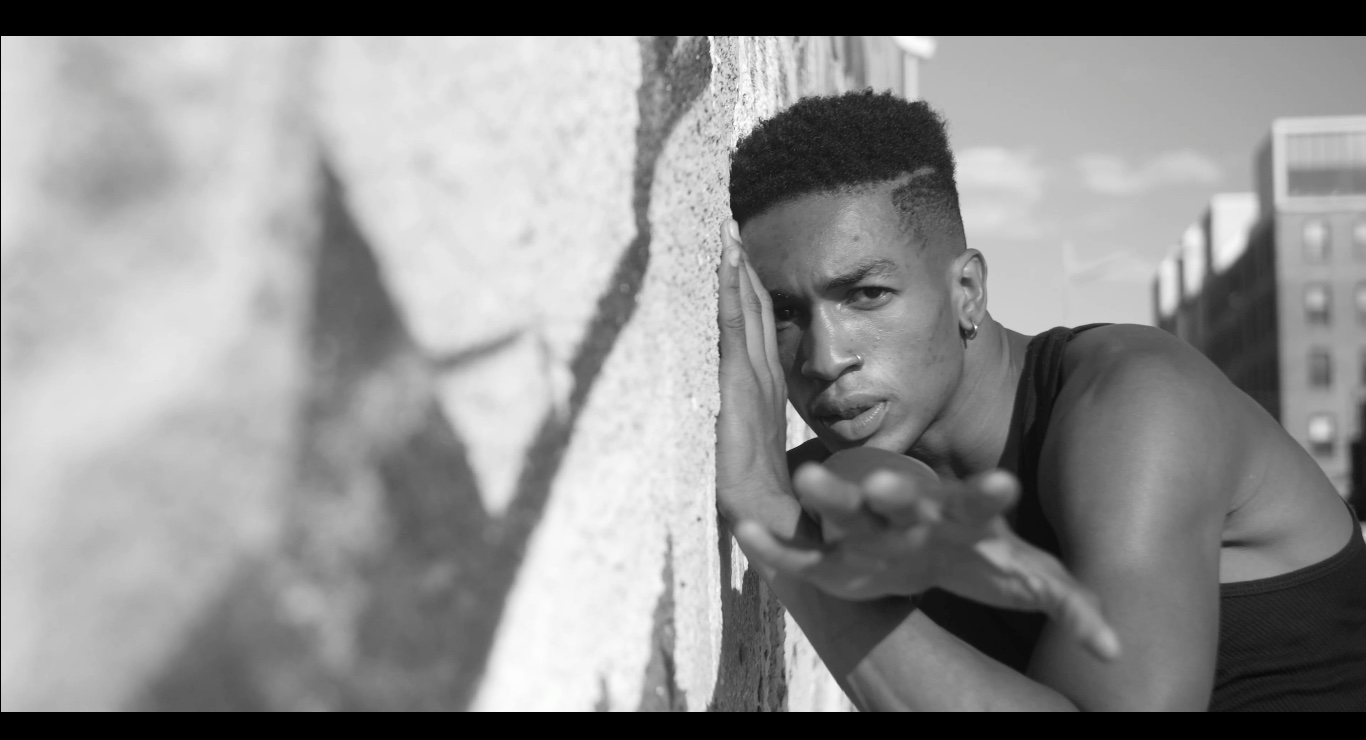
We are in deeply challenging times as we grapple with a year-long pandemic that has taken an inordinate toll on communities of color in addition to confronting racial inequity and injustice/ In a world that is teeming with such negativity, how can positivity be a weapon? What is one action that you’d like people to take after watching Black is Beautiful?
DR: I’d love for people to take away a positive message that brings understanding to the strength, struggle, and resilience of black people. I’d love for us as a society to be able to celebrate our differences — whether in culture, understanding, tastes, skin color, body types, belief systems etc. It would be great if we were intrigued by how we are different, curious to know more, not judge others because they are not just like you.
Black is Beautiful was made to layout the struggles that are still present and a part of the lives of black people every day. It doesn’t mince words; it speaks frankly about the issues. It also brings awareness to the injustice and inequity that has been around for hundreds of years. I hope people walk away whether you are black or not with a message of hope and the realization that the beauty, majesty, and tenacity that keeps black people going is why Black is Beautiful.






